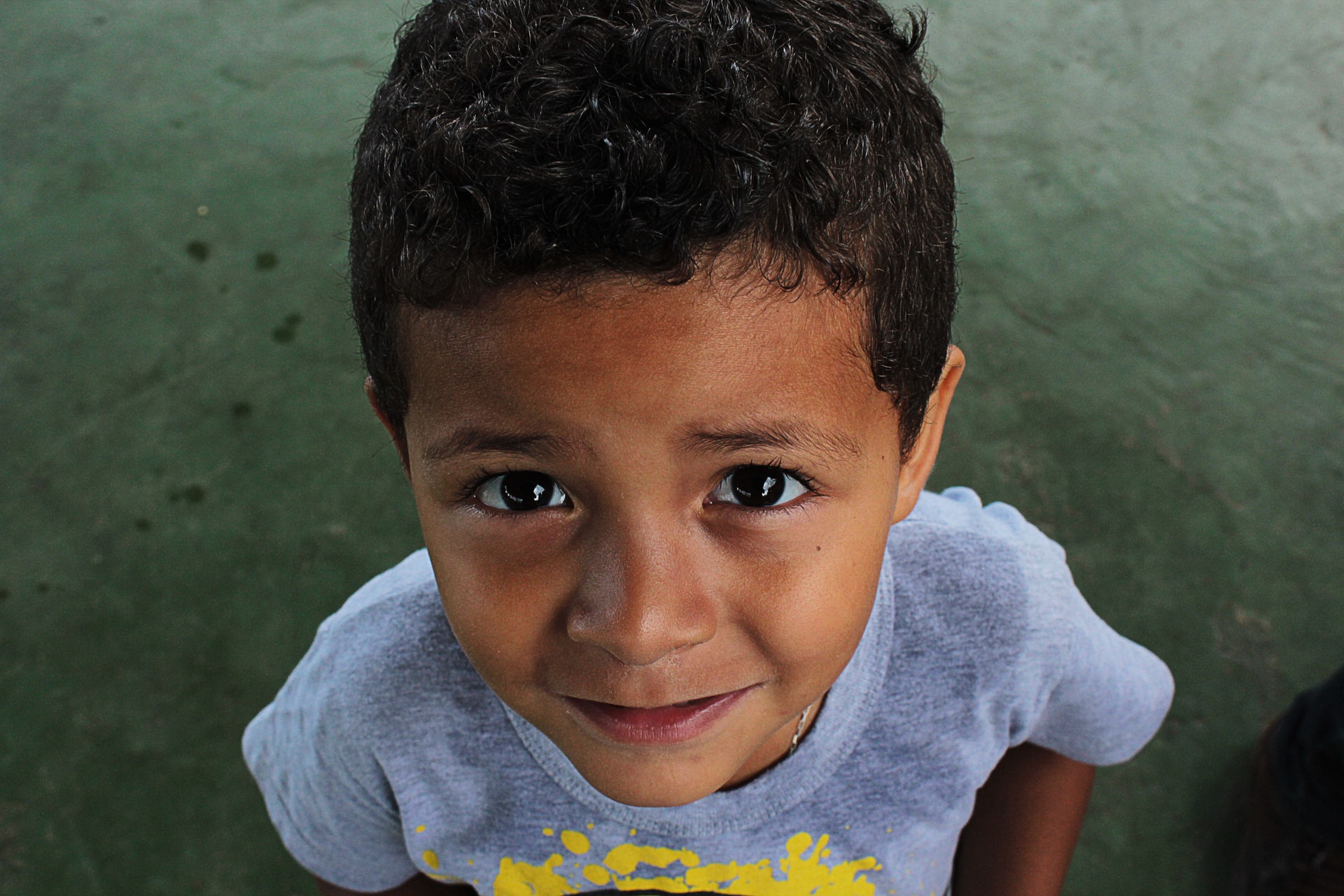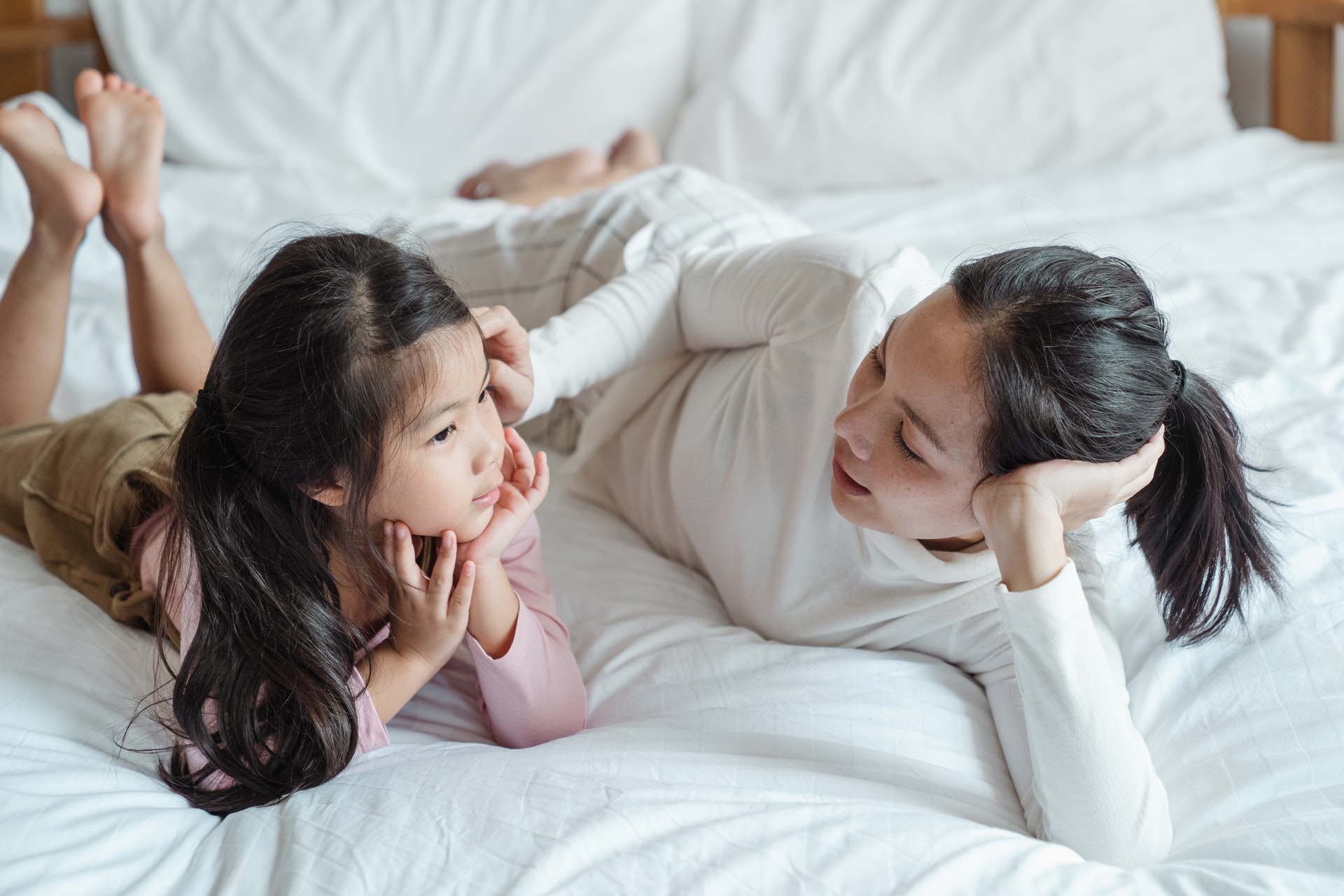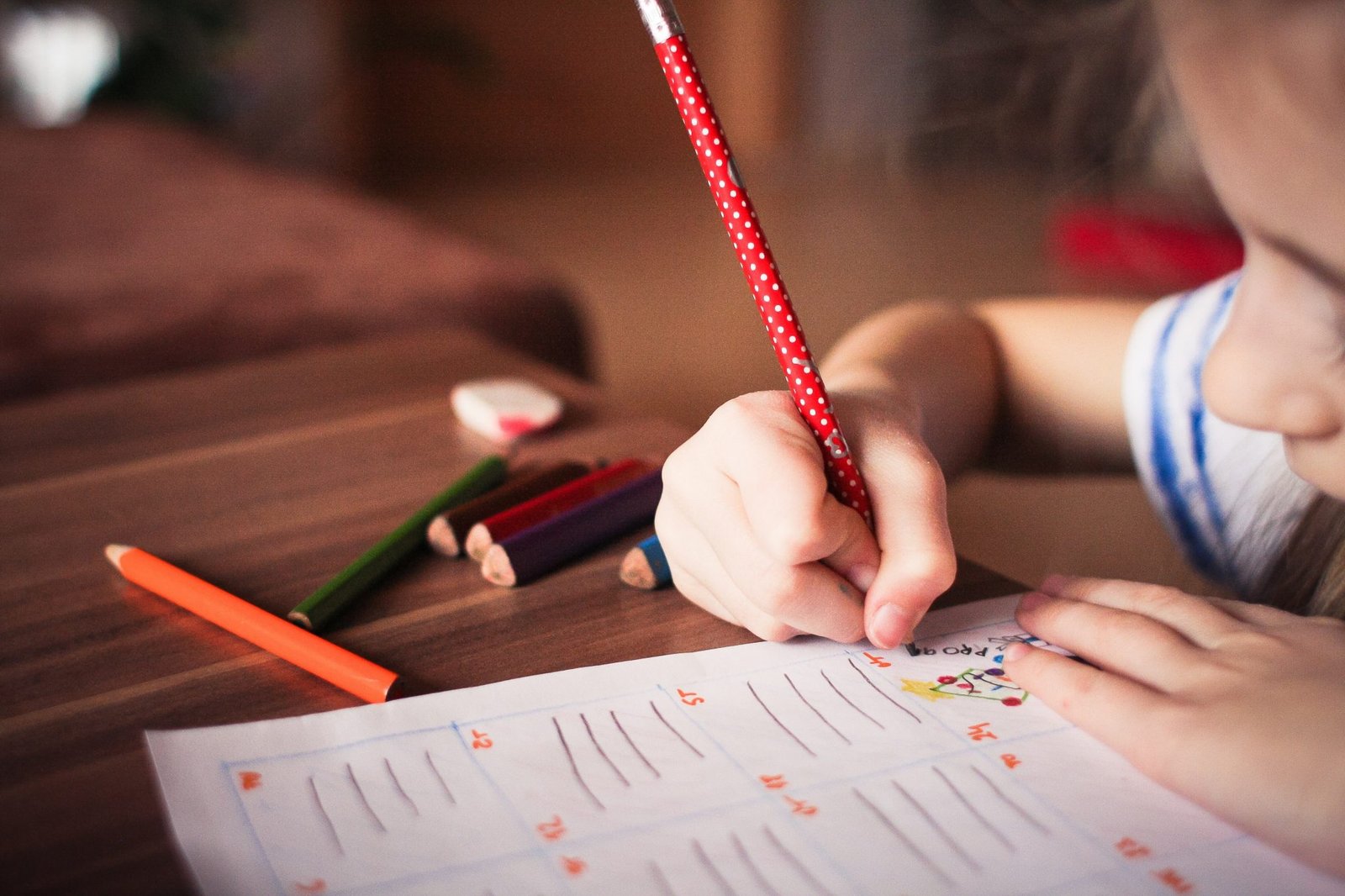The United States is undergoing a critical reckoning on race, as the nation finds itself simultaneously grappling with shocking instances of police brutality caught on camera, incendiary and hateful language from politicians and social media personalities, daily protests by activists and professional athletes, and the devastating and racially disparate effects of the COVID-19 pandemic.
Whether they learn about these issues from the news, from friends, or from social media, children of all ages are aware of what’s happening, and it’s important for parents to address the issues and answer their questions in healthy and productive ways.
These topics can be daunting subjects for families to broach, but there are a variety of things parents can do to ensure their kids grow up with a strong moral compass when it comes to issues of racial and social justice.
Some of the world’s leading experts on the topic have weighed in with their advice below.
Thinking Beyond Colorblind Parenting
Talking about race with kids can be tricky, and many parents simply avoid the subject altogether. “They may be afraid of saying the wrong thing or idealistically hopeful that if they don’t mention race, their children will grow up ‘colorblind,’” says author and Emory University Associate Professor Emeritus Ann Hazzard, PhD.
In reality, experts agree that parents should do just the opposite, speaking with their children about race from an early age and considering the full spectrum of what they’re exposed to, from literature, media, and cultural outlets to school and friends.
“‘Colorblind’ parenting socializes children to believe that race doesn’t matter when it in fact does,” says Rutgers School of Public Health Assistant Professor Devin English, PhD.
“These ‘colorblind’ messages can be incredibly damaging because they obscure the privileges that white children and adults are conferred. These messages therefore make it more likely that white parents and children will abuse their privilege and perpetuate racism, even if unknowingly.”
In addition, “colorblind” messaging can also prevent white children from fully seeing and connecting to the humanity of their peers and community members of color.
As kids get older, they’ll develop a more sophisticated understanding of race, racial identity, and racism, and it’s important to help them understand the ways in which structural discrimination affects everything from housing and education to criminal justice and politics. Raising children to be self-aware and value equity will prepare them for success, positive relationships, and prosocial activism in a diverse world.
Talk Softly And Carry A Big Message
“Kids need opportunities to express their feelings, have their questions answered, and engage in activities to help them feel like there’s something they can do,” says Jinnie Spiegler, Director of Curriculum and Training at ADL.
“As parents, it’s important to be prepared emotionally and with information to talk to them about it.”
Spiegler recommends treating children’s thoughts and feelings with respect and answering their questions as honestly as possible considering their age and personality.
When having an age-appropriate conversation about race in America with your children, NYU Associate Dean for Research Melody S. Goodman, PhD recommends considering the following questions.
- How do you define race and ethnicity?
- What are the key similarities and differences across racial/ethnic groups?
- What is the history of race in America?
- Why are people protesting (present-day and historical)? How are people of different races portrayed in the media?
- Do you think this is an accurate portrayal? And what do you want your kids to take away from this conversation?
Teachable Moments
Whether through conversations with peers, social media posts, or the stress they may see on their parents’ faces, young people will inevitably hear about the violence, hate crimes, and tragedies that dominate the news.
At the same time, experts agree that moderating children’s exposure to the news is important.
“Many studies on traumatic news events show that more lengthy and repeated exposure to coverage results in more intense and lasting symptoms similar to post-traumatic stress,” says author and University of Wisconsin-Madison Professor Emerita of Communication Arts Dr. Joanne Cantor, MD.
“Expect younger children (about 3 to 7 years) to be most strongly affected by scary visual images and immediately perceptible stimuli (like videos of police brutality, police and protesters fighting, or sobbing survivors) without necessarily understanding what these images mean.”
Tweens, on the other hand, will tend to worry more about the prospect of harm or death to themselves or their loved ones, and teens will begin to more fully grasp the horror and societal implications of systemic racism.
Both Spiegler and Cantor recommend staying alert for signs of distress and suggest that parents be sure to always highlight the positive wherever it emerges. Tragedies can bring people together for a greater good, and helpers like first responders, volunteers, and activists can be sources of comfort and role models for children. Parents should use these events as teachable moments and springboards for discussion about what kids can do to become part of the solution themselves.
Heroes And Villains
Books and television shows can often be great ways to spark a conversation about race. University of Texas at Austin Professor and Director of the Institute for Media Innovation S. Craig Watkins, PhD, recommends identifying age appropriate literature that your child might benefit from and starting a family book club.
“Some books, for example, discuss how systemic forms of racism exclude Blacks from meaningful opportunities,” he explains. “Some books discuss the legacy and impact of white privilege and the need to recognize it.”
Television programs can offer similar opportunities for education and conversation. “Use commercial breaks during TV shows to discuss what you’re watching and answer any questions that might arise,” says pediatrician and creator/host of the What Is Black podcast and blog Jacqueline Douge, MD, MPH, FAAP. “This time spent together is an opportunity to find out your child’s thoughts about race in the media and to explore the ways people of color are portrayed.”
Sociologist and author Nancy Wang Yuen, PhD, agrees, suggesting that parents encourage their children to become critical consumers of media. “Ask your kids to identify the backgrounds of the characters in the TV shows, films, and YouTube/TikTok videos they watch,” says Yuen.
“Ask them which characters appear the most on screen and which characters are the most complex (e.g. have family members, romantic interests, we see where they live, where they work, where they go to school, etc.).”
These sorts of conversations will help children identify which groups are overrepresented as heroes and which as villains, along with which groups are underrepresented and why.
Take A Time Out
All of this news and media consumption can leave both kids and parents feeling overstimulated. Domonic Rollins, PhD, Director of Diversity, Equity, and Inclusion at The Dalton School in New York City, recommends that children and adults alike take frequent time outs from screen use in order to better tune in to their bodies. “So much time spent being stimulated requires a constant checking in on our feelings and emotions,” he explains.
“Ask the question: ‘How am I feeling?’ Try locating these feelings. Don’t feel pressure to explain them; noticing them can be enough to bring about change and shift the stimulus.” It’s important for adults to model this behavior so that their children can grow up with an appreciation for understanding their emotions, as well as the tools to disconnect from the many stimuli that may be influencing their feelings.
Social Media Meets Social Justice
In today’s society, children and youths live and breathe digital media culture, which means that their exposure to racism and racial violence isn’t only coming from the news, but also their social media news feeds and message boards.
“If parents aren’t able to meet eye-to-eye with their children about their online racial experiences, it may create a disconnect,” says UCLA Assistant Professor Brian Keum, PhD.
“Parents should have an ongoing dialogue with their children about their experiences on social media, and they should develop their own digital media literacy by engaging with a variety of platforms and apps, researching hate speech policies and moderation related to those platforms and apps, and surveying potential racism and racial experiences their children may be exposed to on them.”
While it’s important to monitor the negative effects of social media, UVA Assistant Professor of Youth and Social Innovation Valerie N. Adams-Bass adds that digitally literate parents can help point their kids toward positive influences, as well. “Befriend your child on social media,” she says, “but also be sure to follow [youth] leaders on Twitter and Instagram who are speaking out and organizing for Black Lives Matter or against racism. Know and talk about what’s trending, and find out what issues are important to your teen and might inspire them to take action.”
Watch Your Language
While parents may have grown up hearing certain terms and phrases used regularly, it’s important to recognize that times have changed, and we’re all responsible for educating ourselves and our families as to what constitutes unacceptable language these days. “We should erase words from our vocabulary that were used in the 14th and 15th century but are entirely out of place today,” says National Mental Health Association Award for Excellence in Education winner Jane Elliott. “Words like bi-racial, multi-racial, black and white are inappropriate, since none of them are accurate when talking about people in this century.” Words carry great power, and it’s important to wield them thoughtfully.
Towards A Just Future
Before we can change the world, we need to imagine what a better world might look like. Henry Jenkins and Sangita Shresthova of the University of Southern California’s Civic Paths Group recommend a two-part exercise that families can participate in together.
“First, parents and children should each identify an object or objects within the house that help them remember the past and speak to traditions that they value,” they explain.
“Next, as you think about what you might want to hold onto going forward, start to speculate together about the world you’d like to inhabit in 2060.”
Conversations like these will encourage your child to describe what they’re fighting for with the same vividness as they spell out what they’re fighting against.
Talking with kids about race and racism can feel like an overwhelming task, but the earlier the conversations begin, the more likely your child will be to develop a worldview rooted in justice and equity. In addition, kids today are often more attuned to current events than parents realize, and an avoidance of the issues can inadvertently be taken as a tacit acceptance. While television, the news, and social media can all perpetuate negative and hurtful messages and images, when used responsibly, they can also be great sources of motivation and inspiration. With these recommendations, you and your family can become more critical consumers of media, reach a deeper understanding of the issues, and strengthen your commitment to working towards a better future for all.














